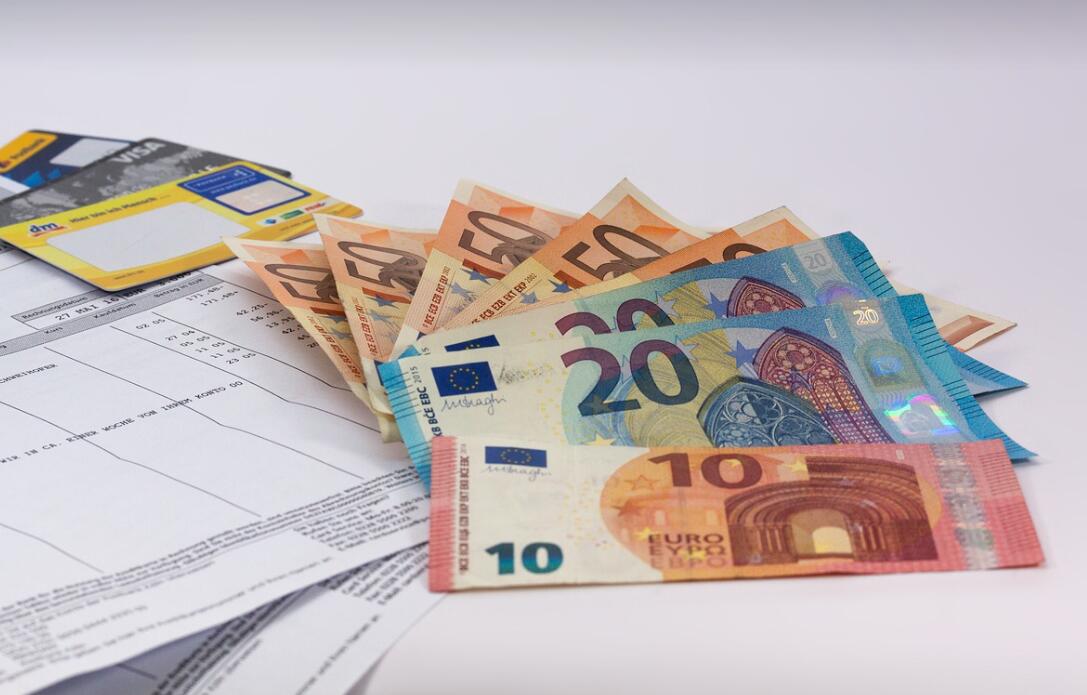The euro maintains its resilient stance, hovering near five-month highs as it continues to benefit from a weakened US Dollar. The currency markets are witnessing a dynamic interplay of factors that contribute to the euro’s strength against its American counterpart.
1. Dollar Weakness Boosting Euro Appeal
The primary driver behind the euro’s robust performance is the weakness of the US Dollar. Various economic indicators, coupled with the Federal Reserve’s cautious stance on interest rates, have contributed to the depreciation of the Dollar. In contrast, the euro, supported by encouraging economic data from the Eurozone, has become an attractive alternative for investors.
2. Economic Recovery in the Eurozone
The Eurozone’s economic recovery has been gathering momentum, with positive signals from key economic indicators. Improvements in manufacturing, services, and employment figures have bolstered confidence in the region’s economic outlook. This positive sentiment attracts investors to the euro, contributing to its firm position in the currency markets.
3. Central Bank Policies and Interest Rates
The policies of central banks play a crucial role in currency dynamics. While the European Central Bank (ECB) has maintained a cautious yet optimistic approach, the US Federal Reserve’s commitment to accommodative policies has weighed on the Dollar. Interest rate differentials between the Eurozone and the United States also influence the attractiveness of the euro for carry trade strategies.
4. Trade and Geopolitical Factors
Trade balances and geopolitical developments impact currency values. The Eurozone’s trade surplus and stability in the region contribute to the euro’s appeal. Additionally, geopolitical uncertainties, such as tensions in other parts of the world, can drive investors toward the euro as a perceived safe-haven currency.
5. Market Sentiment and Technical Factors
Market sentiment and technical analysis also play a role in determining currency movements. Positive sentiment surrounding the euro, fueled by economic data and supportive fundamentals, encourages traders to maintain long positions. Technical factors, such as chart patterns and trend analysis, further reinforce the bullish outlook for the euro.
6. Inflation Expectations and Monetary Policy Outlook
Inflation expectations and the respective monetary policy outlooks of the Eurozone and the United States influence currency valuation. As the Eurozone aims to achieve its inflation target, a balanced approach to monetary policy supports the euro. In contrast, the Dollar’s vulnerability to inflation concerns contributes to its weakness.
7. Continuous Monitoring of Global Economic Developments
Currency markets are responsive to global economic developments. Traders and investors keenly monitor indicators such as economic growth, employment data, and inflation rates. Any shifts in these variables can impact currency pairs, including the EUR/USD, influencing trading strategies.
Euro’s Resilience in a Shifting Landscape
The euro’s firm stance near five-month highs reflects a confluence of factors, prominently the weakness of the US Dollar and positive economic developments in the Eurozone. As global economic conditions continue to evolve, traders and investors will closely watch for signals that may shape the future trajectory of the EUR/USD pair. The interplay of economic data, central bank policies, and geopolitical dynamics will remain crucial in determining the euro’s resilience in the ever-changing landscape of the currency markets.





